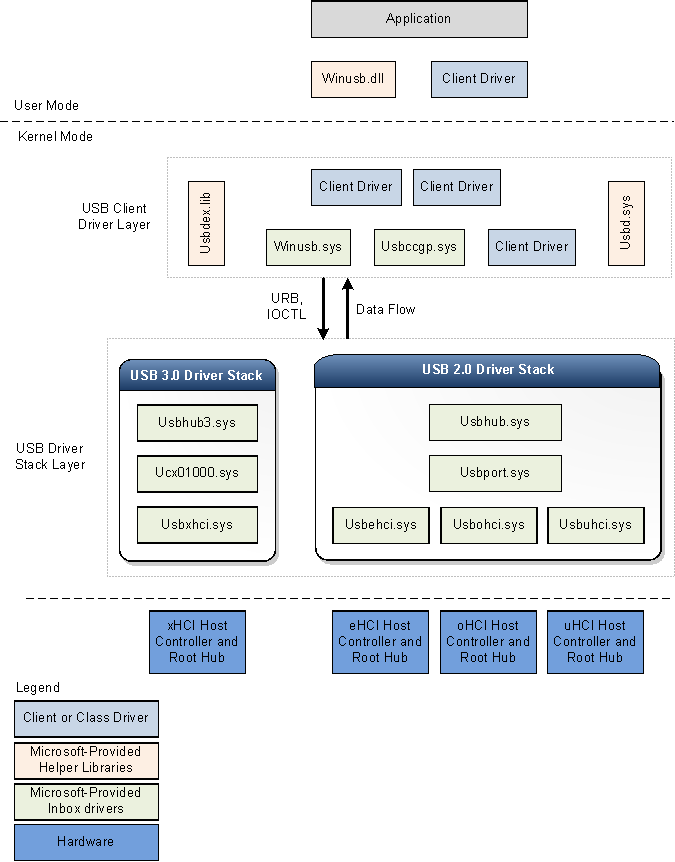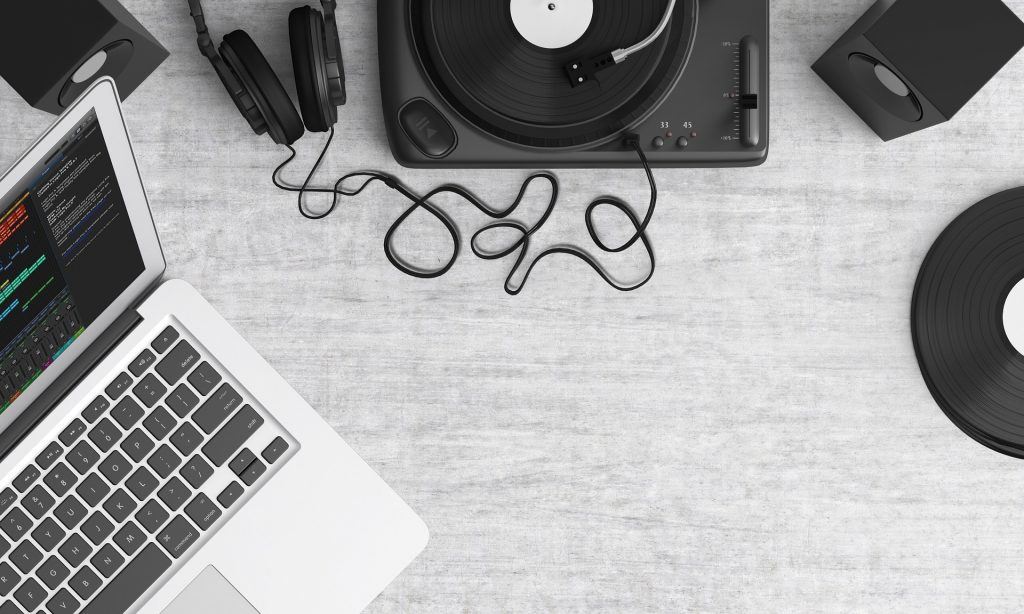- Drivers Adchips Usb Devices Adapter
- Drivers And Chips Usb Devices Compatible
- Drivers And Chips Usb Devices Type C



- Drivers & Downloads. Locate drivers, user guides and product specifications for your Gateway technology.
- AMD Rolls Out Its First 2021 Graphics Driver - Get Radeon 21.1.1 Intel Adds Support for Iris Xe Max Graphics (DG1) - Get Version 27.20.100.9168 The New RTX 461.09 Graphics Driver Adds Support for NVIDIA’s A40 GPU.
- Device Manager displays only non-Plug and Play devices, drivers, and printers when you click Show hidden devices on the View menu. Devices that you install that are not connected to the computer (such as a Universal Serial Bus USB device or 'ghosted' devices) are not displayed in Device Manager, even when you click Show hidden devices.
Go to Device Manager (right click on My Computer, choose Manage and then find Device Manager in the left panel), or right click on Start Menu for Windows 10 and select Device Manager 3. Downclocking (all devices and drivers) or overclocking of Full Speed USB devices is possible always and there is no need to patch system code. So, if you use program for this purpose - take drivers from directories DRIVER NTX86 NOPATCH and DRIVER AMD64 NOPATCH and replace drivers from directories DRIVER NTX86 and DRIVER AMD64.
If you are developing on Windows and want to connect a device for testing,then you need to install the appropriate USB driver. This pageprovides links to the web sites for several original equipment manufacturers (OEMs),where you can download the appropriate USB driver for your device.
If you're developing on Mac OS X or Linux, then you shouldn't need a USB driver.Instead read Using Hardware Devices.
To connect and debug with any of the Google Nexus devices using Windows, youneed to install the Google USB driver.
Install a USB driver
First, find the appropriate driver for your device from the OEM driverstable below.
Once you've downloaded your USB driver, follow the instructions below to install or upgrade thedriver, based on your version of Windows and whether you're installing for the first timeor upgrading an existing driver. Then see Using Hardware Devices forother important information about using an Android device fordevelopment.
Caution:You may make changes to android_winusb.inf file found insideusb_driver (for example, to add support for other devices),however, this will lead to security warnings when you install or upgrade thedriver. Making any other changes to the driver files may break the installationprocess.
Windows 10
To install the Android USB driver on Windows 10 for the first time, do the following:
- Connect your Android device to your computer's USB port.
- From Windows Explorer, open Computer Management.
- In the Computer Management left pane, select Device Manager.
- In the Device Manager right pane, locate and expand Portable Devices or Other Devices, depending on which one you see.
- Right-click the name of the device you connected, and then select Update Driver Software.
- In the Hardware Update wizard, select Browse my computer for driver software and click Next.
- Click Browse and then locate the USB driver folder. For example, the Google USB Driver is located in
android_sdkextrasgoogleusb_driver. - Click Next to install the driver.
Windows 8.1
To install the Android USB driver on Windows 8.1 for the first time, do the following:
- Connect your Android device to your computer's USB port.
- Access search, as follows:
Touch screen: On your computer, swipe in from the right edge of the screen and tap Search.
Using a mouse: Point to the lower-right corner of the screen, move the mouse pointer up, and then click Search.
- In the search box, type into and then click Device Manager.
- Double-click the device category, and then double-click the device you want.
- Click the Driver tab, click Update Driver, and follow the instructions.
Windows 7
To install the Android USB driver on Windows 7 for the first time, do the following:
- Connect your Android device to your computer's USB port.
- Right-click on Computer from your desktop or Windows Explorer, and select Manage.
- Select Devices in the left pane.
- Locate and expand Other device in the right pane.
- Right-click the device name (such as Nexus S) and select Update Driver Software. This will launch the Hardware Update Wizard.
- Select Browse my computer for driver software and click Next.
- Click Browse and locate the USB driver folder. (The Google USBDriver is located in
android_sdkextrasgoogleusb_driver.) - Click Next to install the driver.
Or, to upgrade an existing Android USB driver on Windows 7 and higher with the newdriver:
- Connect your Android device to your computer's USB port.
- Right-click on Computer from your desktop or Windows Explorer, and select Manage.
- Select Device Manager in the left pane of the Computer Management window.
- Locate and expand Android Phone in the right pane.
- Right-click on Android Composite ADB Interface and select Update Driver. This will launch the Hardware Update Wizard.
- Select Install from a list or specific location and click Next.
- Select Search for the best driver in these locations; uncheckSearch removable media; and check Include this location in thesearch.
- Click Browse and locate the USB driver folder. (The Google USBDriver is located in
android_sdkextrasgoogleusb_driver.) - Click Next to upgrade the driver.
Get OEM drivers
| OEM | Driver URL |
|---|---|
| Acer | http://www.acer.com/worldwide/support/ |
| alcatel one touch | http://www.alcatelonetouch.com/global-en/support/ |
| Asus | https://www.asus.com/support/Download-Center/ |
| Blackberry | https://swdownloads.blackberry.com/Downloads/entry.do?code=4EE0932F46276313B51570F46266A608 |
| Dell | http://support.dell.com/support/downloads/index.aspx?c=us&cs=19&l=en&s=dhs&~ck=anavml |
| Fujitsu | http://www.fmworld.net/product/phone/sp/android/develop/ |
| HTC | http://www.htc.com/support |
| Huawei | http://consumer.huawei.com/en/support/index.htm |
| Intel | http://www.intel.com/software/android |
| Kyocera | http://www.kyocera-wireless.com/support/phone_drivers.htm |
| Lenovo | http://support.lenovo.com/us/en/GlobalProductSelector |
| LGE | http://www.lg.com/us/support/software-firmware |
| Motorola | https://motorola-global-portal.custhelp.com/app/answers/detail/a_id/88481/ |
| MTK | http://online.mediatek.com/Public%20Documents/MTK_Android_USB_Driver.zip (ZIP download) |
| Samsung | http://developer.samsung.com/galaxy/others/android-usb-driver-for-windows |
| Sharp | http://k-tai.sharp.co.jp/support/ |
| Sony Mobile Communications | http://developer.sonymobile.com/downloads/drivers/ |
| Toshiba | http://support.toshiba.com/sscontent?docId=4001814 |
| Xiaomi | http://www.xiaomi.com/c/driver/index.html |
| ZTE | http://support.zte.com.cn/support/news/NewsDetail.aspx?newsId=1000442 |
If you don't see a link for the manufacturer of your device here, go to the support section of the manufacturer's website and search for USB driver downloads for your device.
-->Symptoms
Consider the following scenario:
- You connect a Universal Serial Bus (USB) audio device, such as an audio adapter or USB digital-to-analog converter (DAC), to a Windows 10 Version 1703-based computer for the first time.
- The operating system detects the device and loads the standard USB audio 2.0 driver (usbaudio2.sys).
- Windows then downloads the device-specific driver from Windows Update.
- The downloaded device driver replaces the usbaudio2.sys driver.
In this scenario, the device cannot be used, and the computer does not have sound. The speaker icon on the task bar is marked with an X mark. When you select the icon, you receive the following message:
Audio services not responding. Both the Windows Audio and the Windows Audio End Point Builder services must be running for audio to work correctly.
Cause
This 'audio not playing' problem occurs because the default USB audio 2.0 driver (usbaudio2.sys) uses the WaveRT port for operation but the device-specific driver does not. However, both drivers use the 'wave' reference string when the device interface is registered.When the device-specific driver replaces the default driver, the device interface that is created by usbaudio2.sys is still used because the reference strings overlap. Therefore, the operating system assumes that the new driver also supports the WaveRT port. Because the new driver does not support the WaveRT port, the system cannot access the driver.
Resolution
To fix this problem, use one of the following methods.
Method 1
Uninstall the device. To do this, follow these steps:
- Open Device Manager.
- Select and hold (or double-click) the name of the device, and then select Uninstall.
Note:In step 2, don't select the Delete the driver software for this device check box.
Drivers Adchips Usb Devices Adapter
Method 2
Connect the device to a different USB port. The problem may not occur if the device is connected to a different USB port.
Method 3
Drivers And Chips Usb Devices Compatible
If the device is not yet connected, install the device-specific driver first. You can do this by using the appropriate installer for the device. Then, connect the device. Windows now selects the device-specific driver instead of the default USB audio 2.0 driver. This method works in this situation because the problem occurs only if the device-specific driver replaces the default driver after the device is connected.
Drivers And Chips Usb Devices Type C
See Also
